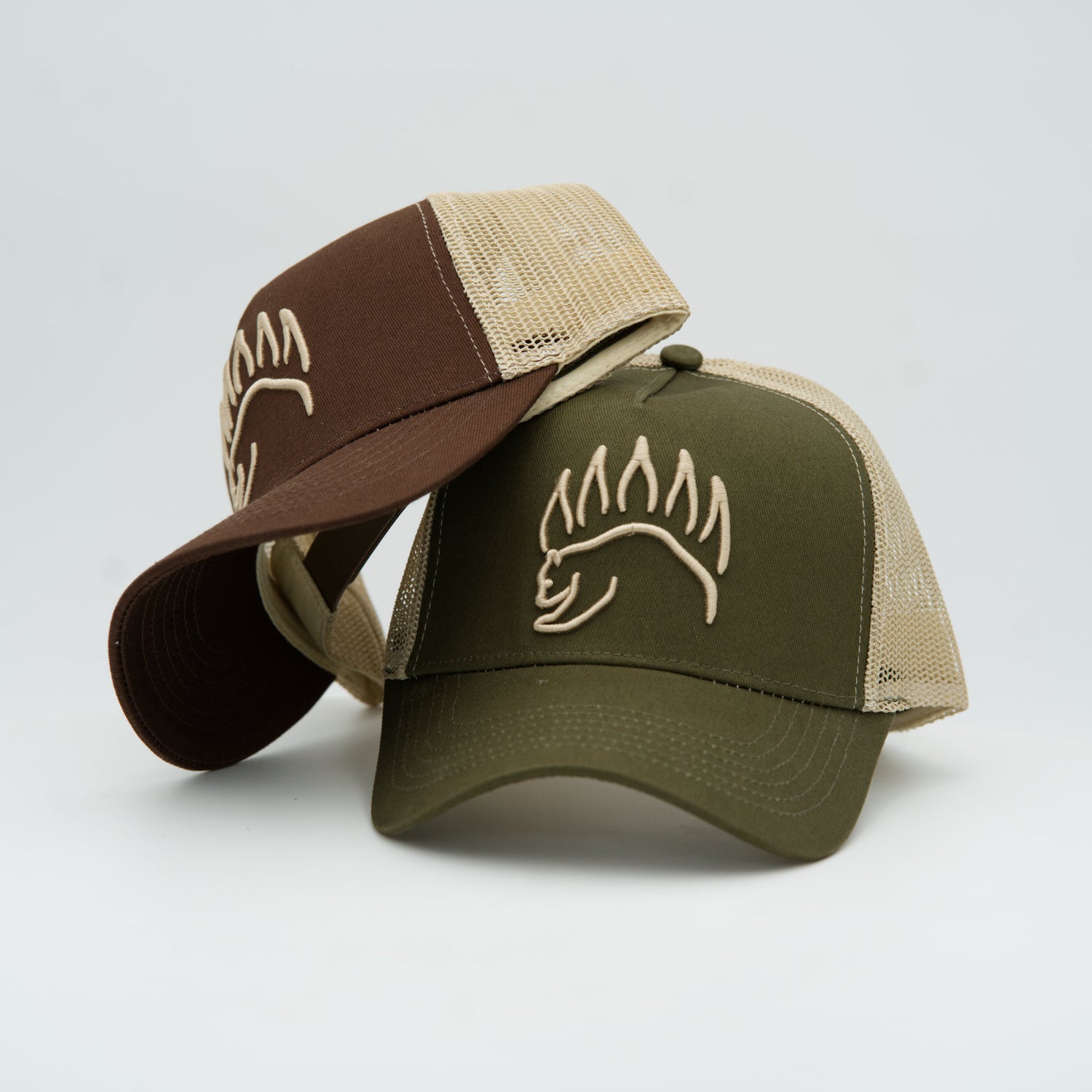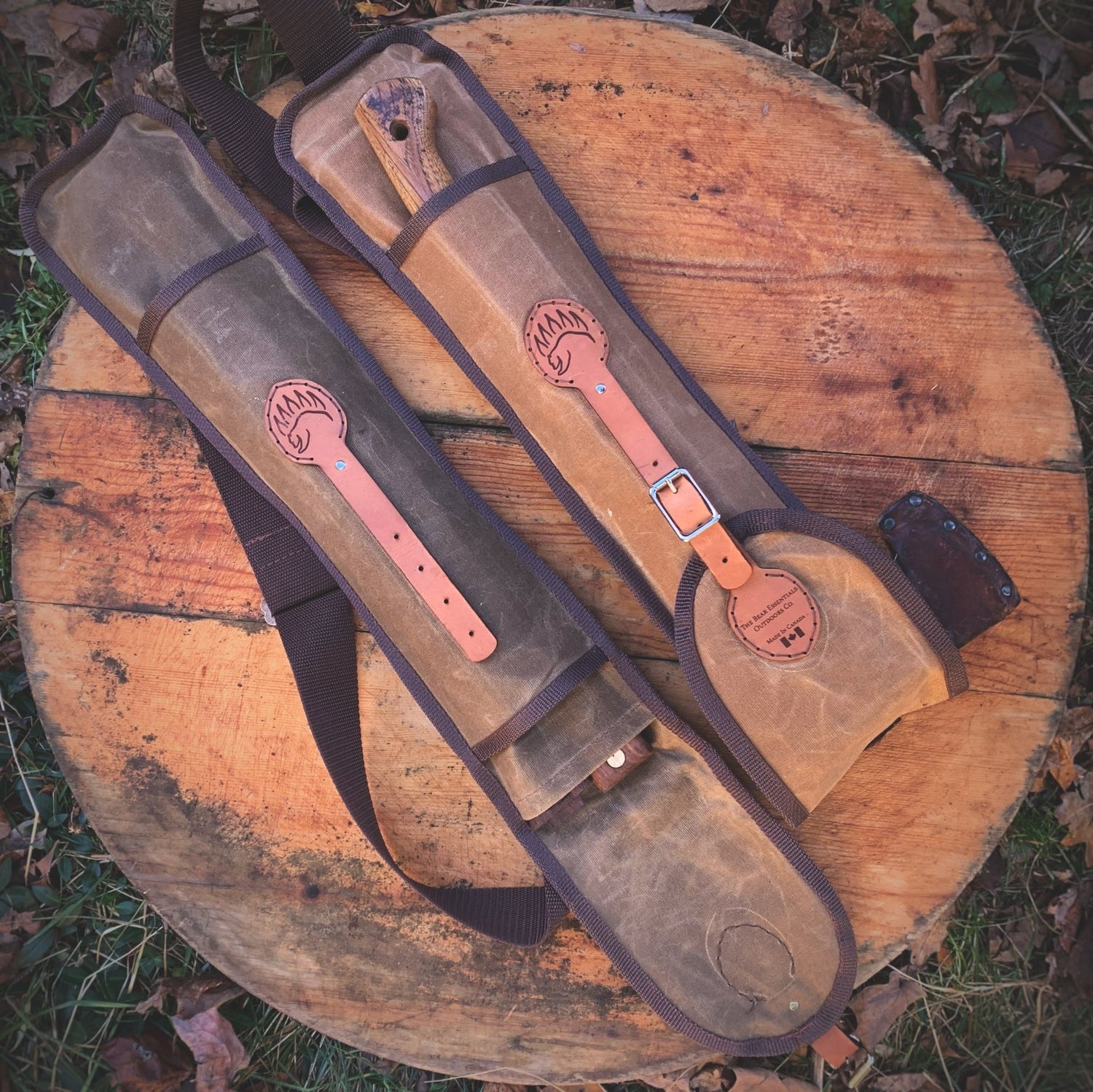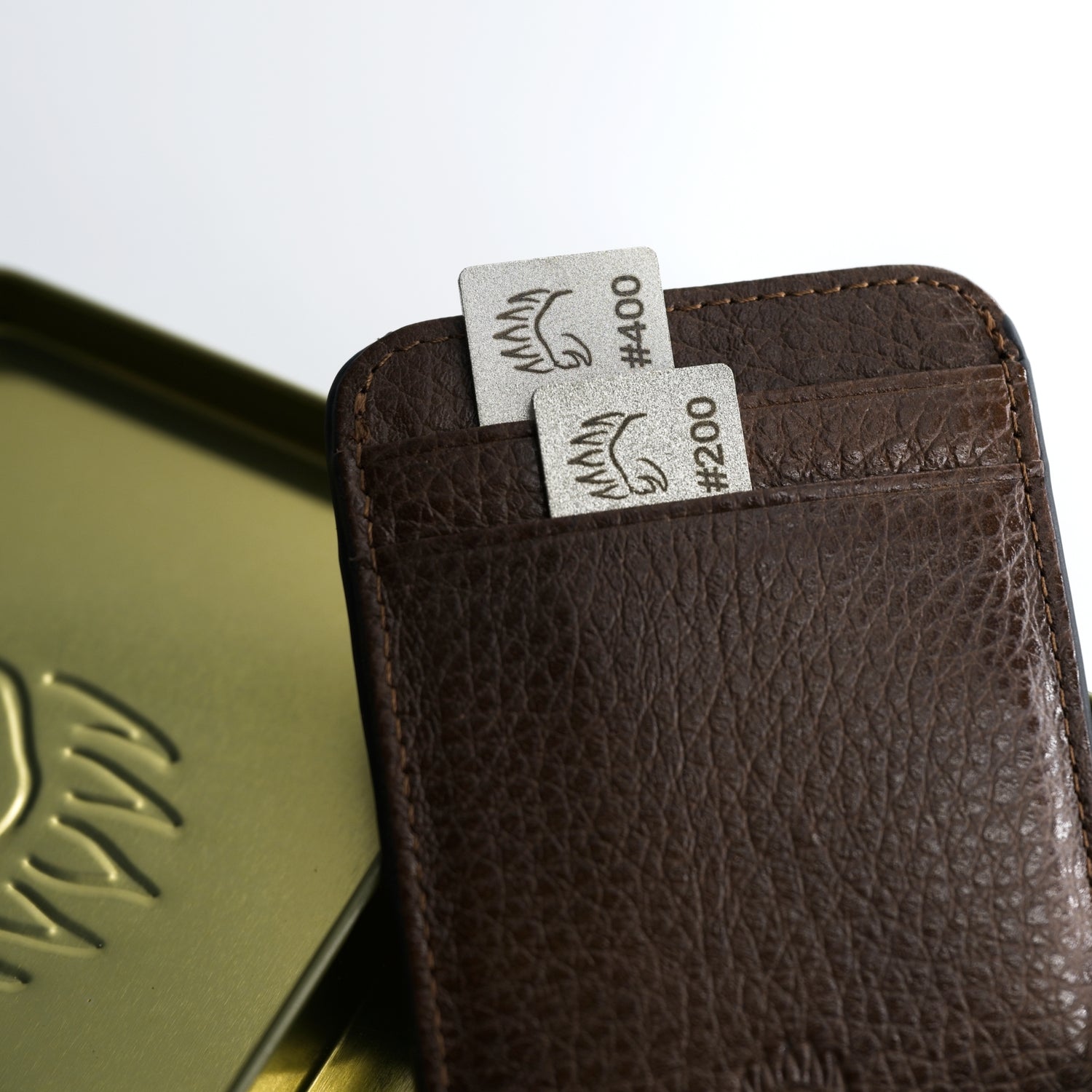Tie right, fight right. In fishing, the weak link is almost always the knot between your line and your hook. If that fails, the rest of your setup might as well be craft string.
This guide distills the best fishing knots for hooks, the best fish hook knot for each line type and the strongest way to tie a fishing hook. By the end, you’ll know which knot to use, on which line, and why. No fluff, just fish and knots.
TL;DR
- Terminal to hook/lure (mono & fluoro): Palomar and Uni are money; San Diego Jam (SDJ) shines with heavier leaders.
- Terminal to hook (braid): Palomar or Uni—braid is slick, so wet and seat carefully, add wraps on Uni.
- Action to the lure: Rapala knot / Non-Slip Mono Loop so crankbaits and jerkbaits can dance.
- Braid to leader: FG is the slimmest, strongest through guides. In wind or on the move, Alberto or Double-Uni is the “done-in-90-seconds” fix.
-
Circle hooks: A proper Snell helps hooks roll into the corner. Palomar/Uni still work on straight-eye circles; match knot to hook geometry.
Those are the strongest fishing knots you’ll actually tie when it counts.
The Strongest Fishing Hook Knots: Palomar vs Uni vs San Diego Jam
You’ll see dozens of good fishing knots hooks lists online. Truth: you only need three terminal knots to cover 99% of hook-ups—Palomar, Uni (Duncan), and San Diego Jam. Here’s the practical breakdown so you can pick the best way to tie a fishing hook for your line and target.
Monofilament → Hook or Ring
-
Palomar — Fast, compact, brutally strong on mono. If the hook eye is big enough to pass the doubled loop, this is the best fishing knot for hooks in most light-to-medium mono scenarios.
- How to nail it: Double your line evenly. Tie a loose overhand. Pass the hook through the loop. Wet. Seat slowly by pulling standing line and tag together. Trim.
-
Uni (Duncan) — The utility player. On small hook eyes or thicker mono where a Palomar loop won’t pass, Uni wins.
- Pro counts: 5–7 wraps in mono, dressed clean.
-
San Diego Jam — On heavier mono (big jigs, live bait rigs), SDJ is streamlined and strong, with a neat tag and a smaller profile than a big Clinch.
- Pro counts: 5–7 turns on mid-weight mono; snug the coils down before final seat.
Fluorocarbon → Hook or Ring
Fluoro is stiffer and less forgiving; the rules shift.
- Palomar — Still a top contender when the loop fits. Wet thoroughly; seat with smooth, even pressure to avoid burning.
- Uni — Great with 12–25 lb fluoro where Palomar can be fussy.
-
San Diego Jam — The strongest fishing line knot on heavy fluoro for many anglers. Count wraps and watch your dressing.
Braided Mainline → Hook or Ring
Braid is slick. Sloppy dressing or dry cinching will punish you.
- Palomar — Excellent on braid if tied meticulously. Avoid micro-hooks where the doubled loop won’t pass.
-
Uni — Add friction with more turns (7–10 wraps) and cinch slowly; this is many anglers’ best fish hook knot on braid when eyes are small.
Quick rule you’ll remember: Loop fits? Palomar. Loop won’t? Uni. Heavy leader? San Diego Jam. That’s the strongest way to tie a fishing hook across most terminal situations.

The Best Braid-to-Leader Knot: FG vs Alberto vs Double-Uni
If you run braid mainline and stealthy fluoro or tough mono leaders, this connection matters as much as your terminal knot.
-
FG Knot — The low-profile king. When you need the best knot for tying braid to fluorocarbon that slides through micro-guides like a ghost, FG delivers. It tests high in strength, is thin, and won’t thump your top guide on the cast when tied correctly.
- Use when: Long leaders must cast through the tip; finesse bass, inshore flats, light surf.
- Alberto (Albright variant) — Your fast, reliable field tie. Still slim, easier to learn under wind, headlamp, and seagull harassment.
- Use when: You need the best knot for tying fluorocarbon to braid in under two minutes without a bench.
-
Double-Uni — The “teach it to your buddy now” choice. Bulkier, but very dependable, especially on heavier leaders where guide passage isn’t a big deal.
- Use when: You want predictability, not perfection, and you’re not trying to thread 20 wraps through micro-guides.
If you only master one, make it FG. If you master two, add Alberto. Keep Double-Uni for bad weather and new-angler days.
The Best Loop Knot for Lures: Rapala Knot and Non-Slip Mono Loop
Hard baits are like dancers: the tighter you hold them, the worse they move. A loop knot leaves breathing room between the lure’s eye and the line so baits track true, slash wider, and suspend more naturally.
- Rapala Knot — Brand-famous and legitimately effective. Forms a durable loop that resists collapsing.
-
Non-Slip Mono Loop (Lefty Kreh Loop) — Another gold standard; simple, strong, and consistent once you practice sizing the loop.
When to use: Jerkbaits, crankbaits, topwaters, streamers—any presentation where “free swing” beats “tight tether.”
Line choice: Loop knots grip and test best in mono/fluoro. On braid, tie the loop to a short mono/fluoro bite leader first.
Circle Hooks: Snell Knot vs Palomar/Uni
Circle hooks are designed to roll into the corner of the jaw. A proper Snell pulls from the shank rather than the eye, which can help that rolling motion do its thing—especially with upturned eyes. On straight-eye circle hooks, many anglers still swear by a snug Palomar or Uni. The point: match knot to hook geometry and presentation.
- Snell Knot — Best for bait rigs and set-it-and-forget-it drifts. Maintain wrap direction and tension; finish tight against the eye so the line exits along the shank.
-
Palomar / Uni — Simple, strong alternatives on straight-eye circles or when you’re rigging fast in the surf. If misses or corner hookups drop, go back to a Snell and compare.
Why Fishing Hook Knots Fail and How to Make Them Never Fail
Think of this as a pre-flight checklist. Most mystery break-offs trace back to one of these.
- Dry cinching: Friction heat and micro-burns weaken modern lines—especially fluorocarbon. Always wet before seating.
- Crossed or stacked wraps: Neat coils, neat strength. Dress the knot before you haul. If anything looks messy, reset and re-tie.
- Too few wraps: Braid: 7–10 wraps on a Uni. Mono/fluoro: 5–7 wraps. SDJ: count them and be consistent.
- Rushing the seat: Don’t yank. Tighten by pulling the tag and standing line together until the coils snug, then load the standing line to finish.
- Old line, nicks, or heat-kinked fluorocarbon: Re-tie after oysters, rocks, pike teeth, or a day in the sun. It’s cheaper than losing a fish of a season.
- Wrong knot for the job: Need action? Use a loop knot. Need shank pull? Snell. Need an ultra-thin connection through guides? FG. Swapping the wrong knot into the wrong job is how good fishing knots hooks suddenly become unreliable.

Must-Have Fishing Knot Gear Kits
You don’t need a rolling tackle truck—just a tiny kit that lets you re-tie now instead of trusting a frayed mystery knot.
A) Pocket Bank-/Boat-Kit (fits a small pouch)
- Braid-capable cutters (tiny scissors or side cutters)
- Slim pliers (split ring & hook extraction in one)
- Leader micro-spools: 10–15 lb fluorocarbon (abrasion, invisibility), 8–12 lb mono (loop knots)
- Hooks (octopus/circle mix), a few jig heads, small swivels
- Optional: tiny tube of glue/UV resin to secure certain leader knots (don’t glue the coils—just the tag)
-
Micro towel + magnifier for checking seating and burns
B) “Rig-n-Roll” Inshore/Surf Kit
- Braid scissors, long-nose pliers, hook file
- Fluoro leaders 20–40 lb; mono 12–20 lb (loop-to-lure duties)
- Circle hooks for bait, inline J hooks for lures, snaps/swivels if you use them
-
Knot cards (laminated): Palomar, Uni, SDJ, Rapala, FG/Alberto—fast reminders for guests and kids
C) Boat Bag Add-Ons
- Extra leader sizes, spare split rings, heat-shrink (tidy snells), band-aids
-
High-vis mono practice leader—teach knots at the dock, not when the school pops
The Best Fish Hook Knots That Never Fail: What to Use and When
Palomar — Best Fish Hook Knot when the loop fits
- Use for: Mono/fluoro/braid to hook or swivel, drop-shot rigs
- Why it rocks: Few steps, compact, consistently among the strongest fishing knots
-
Watch-outs: Needs a loop to pass the hook eye; dress slowly, wet generously
Uni (Duncan) — Best Way to Tie a Fishing Hook when eyes are small
- Use for: Terminal knots, line-to-line (Double-Uni), spooling reels
- Why it rocks: Forgiving in wind/cold, strong across line types
-
Wrap recipe: 5–7 mono/fluoro; 7–10 braid; pull tag and standing line together to seat
San Diego Jam — Heavy leader hero
- Use for: Larger lures, heavier mono/fluoro, long casting where tidy tags matter
- Why it rocks: Streamlined, predictable under load
-
Pro cue: Snug coils first, then finish the pull
Rapala / Non-Slip Mono Loop — Action switch
- Use for: Jerkbaits, crankbaits, topwaters, streamers
- Why it rocks: Leaves a consistent loop so baits can breathe
-
Pro cue: Pre-size loop; loop knots love mono/fluoro
Snell — Best Knot for Circle Hooks (most of the time)
- Use for: Bait rigs with upturned/straight shanks where shank-pull helps rotation
- Why it rocks: Guides the hook to roll into the corner
-
Pro cue: Keep wraps even and direction true; finish tight to the eye
Fresh vs Salt: Quick Adjustments That Save Fish
- Saltwater (abrasion + shock): Step leaders up a class. SDJ/Uni with extra wraps. Loop knots for hard-bait action. FG/Alberto if you’re casting long leaders through guides.
-
Freshwater (finesse + stealth): FG to a long fluoro leader on braid main. Palomar/Uni to small hooks and wire baits. Rapala loop for jerkbaits so you can twitch without choking the lure.
Strongest Way To Tie a Fishing Hook: Practice Plan
- Palomar: Tie it until you can do it eyes-closed, standing in the wind.
- Uni: Feel the difference—5–7 wraps for mono/fluoro; 7–10 for braid. Practice dressing the coils without crossing.
- Rapala/Non-Slip Loop: Size three loops (small, medium, large) on mono so you know how each changes action.
-
FG Start & Alberto Finish: Learn the FG rhythm at a table. Then tie two Albertos for when the FG feels like brain surgery on a rocking deck.
Frequently Asked Questions
What’s the strongest fishing knots to tie a hook?
In real-world use, Palomar and San Diego Jam are perennial top finishers on mono/fluoro; Uni is the versatile workhorse that stays strong across lines. Your tying quality matters more than the brand of line—wet, dress, seat, trim.
What’s the best knot for braid to leader?
FG when you want slim and strong through guides. Alberto or Double-Uni when you want simple, fast, and still reliable.
What’s the best knot for tying braid to fluorocarbon vs best knot for tying fluorocarbon to braid?
Same connection, two directions. FG is the gold standard either way. If time is tight, Alberto is the next best blend of strength and speed.
When should I use a loop knot like the Rapala knot or Non Slip Mono Loop?
Whenever lure freedom boosts strikes—jerkbaits, crankbaits, topwaters. Tight knots can choke action; loops let baits swing.
Are clinch knots dead?
The Improved Clinch can work, but it often trails Palomar/Uni/SDJ on heavier lines. If you love it, keep it for light mono on small hooks—just seat it perfectly.
Do I really need to snell circle hooks?
Not always, but a clean snell often improves corner hookups by aligning pull with the shank. Try both and let your hookup ratio tell the story.
Cheatsheet To Achieve the Strongest Fishing Knots
- Mono/Fluoro → Hook: Palomar = fastest strong; Uni = most versatile; SDJ = heavy leader hero.
- Braid → Hook: Palomar or Uni; add wraps on Uni; wet and seat carefully.
- Lure Action: Rapala knot / Non-Slip Mono Loop.
- Braid → Leader: FG (best), Alberto/Double-Uni (fast/reliable).
-
Circles: Snell if hook/rig geometry supports it.
The Best Fishing Knot for Hooks: The Winner
The best fish hook knot isn’t the one with the fanciest name—it’s the one you can tie perfectly when your hands are cold, the wind is cranky, and fish are blowing up 30 feet to your left. Start with Palomar, Uni, and San Diego Jam; add a loop knot so your lures can breathe; lock the FG for your braid-to-leader connection (keep Alberto in your back pocket); and snell your circles when you want that auto-pilot corner set. Pack a tiny kit so you can re-tie instead of regret. That’s the strongest way to tie a fishing hook in the real world: clean, repeatable, and ready before the next bite.
Now go make your line the strongest link in the system—and when someone asks about the best fish hook knot, smile, hand them a practice leader, and teach them the Palomar.




